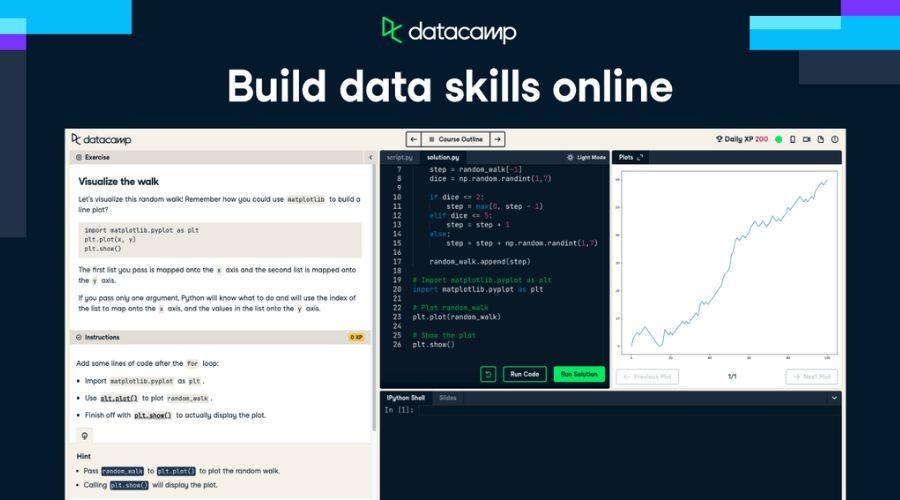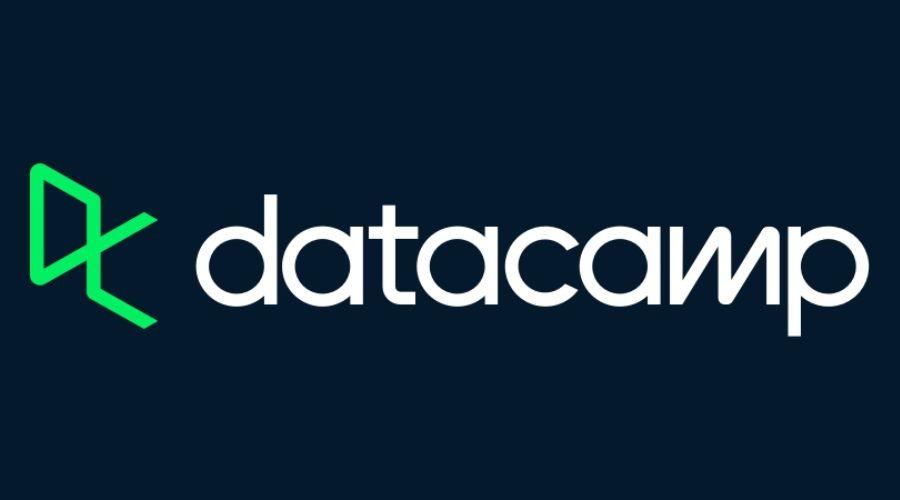In data analysis and manipulation, dplyr has emerged as a powerful and efficient tool. Developed by Hadley Wickham, dplyr is an R package that provides concise and intuitive grammar for data manipulation. Whether you are a beginner in data analysis or an experienced data scientist, dplyr courses offer a comprehensive learning experience to enhance your data manipulation skills. This introduction will guide you through the critical aspects of dplyr courses, highlighting the benefits and the knowledge you can expect to gain. By the end, you’ll be equipped with the tools and techniques to streamline your data analysis workflow and unlock valuable insights. Read the following article curated by Neon Police to learn more about the dplyr courses. Also, get an insight into the dplyr course online and know about the best dplyr course.
Benefits of Dplyr Courses

Benefits of Dplyr Courses | neonpolice
Enrolling in a dplyr course offers several advantages for individuals involved in data analysis:
1. Efficiency and productivity
By mastering dplyr, you can significantly improve your data manipulation skills. The course will teach you how to use dplyr’s functions and syntax effectively, enabling you to perform complex data transformations with fewer lines of code. This increased efficiency translates into higher productivity in your data analysis tasks.
2. Reproducibility
Dplyr’s consistent and structured grammar ensures reproducibility in your data analysis workflow. You will learn how to write clean and readable code that is easy to understand and share with others. This helps maintain transparency and facilitates collaboration among data analysts and scientists.
3. Wide applicability
Dplyr is a versatile tool applicable to various domains and industries. Whether you are working with scientific research data, business datasets, or social media analytics, the skills you acquire through a dplyr course will be valuable across a wide range of data analysis projects.
4. Seamless integration
Dplyr seamlessly integrates with other popular R packages, such as tidyr, ggplot2, and purrr, creating a powerful ecosystem for data analysis and visualization. By mastering dplyr, you gain a solid foundation for leveraging these complementary packages to tackle diverse data analysis challenges.
Key topics covered in dplyr Courses
A comprehensive dplyr course typically covers the following essential topics:
a) Data Manipulation Fundamentals: You will learn the basics of data manipulation using dplyr, including filtering rows, selecting columns, and rearranging data frames. These foundational concepts form the building blocks for more advanced data manipulation operations.
b) Data Aggregation and Grouping: dplyr provides intuitive functions for aggregating and summarizing data based on specific variables or groups. You will learn how to compute summary statistics, group-wise calculations, and perform split-apply-combine operations on your data.
c) Joining and Combining Datasets: dplyr enables seamless merging and joining of datasets based on common keys or variables. You will explore various types of joins, including inner joins, outer joins, and cross-joins, to combine multiple datasets into a single cohesive dataset.
d) Advanced Data Manipulation Techniques: The course will delve into advanced dplyr operations, such as data reshaping, handling missing values, working with dates and times, and manipulating string variables. These techniques expand your toolkit for handling real-world data analysis challenges.
e) Performance Optimization: dplyr courses often provide insights into optimizing your data manipulation workflows for improved performance. You will learn strategies and best practices to optimize dplyr code execution, such as avoiding unnecessary calculations, utilizing indexing, and leveraging parallel processing capabilities when applicable.
f) Real-World Case Studies: Many dplyr courses incorporate real-world case studies and projects to provide hands-on experience. These practical exercises allow you to apply your newly acquired skills to solve data manipulation challenges commonly encountered in various industries.
Choosing the right dplyr Course

Choosing the right dplyr Course | neonpolice
When selecting a dplyr course, consider the following factors:
- Course Content: Ensure that the course covers the fundamental concepts of dplyr, as well as more advanced topics. Look for a course that offers a comprehensive curriculum, addressing various data manipulation scenarios you may encounter in your work.
- Practical Exercises and Projects: Hands-on experience is crucial for mastering dplyr. Seek a course that provides ample opportunities to practice your skills through coding exercises, case studies, and real-world projects. This practical application will reinforce your understanding and boost your confidence in using dplyr.
- Instructor Expertise: The expertise and experience of the course instructor are vital. Research the instructor’s background and credentials to ensure they have a deep understanding of dplyr and practical experience in data analysis.
- Learning Resources and Support: Check if the course offers additional learning resources such as lecture notes, code examples, and a supportive online community or discussion forum. These resources can be invaluable for reinforcing your learning and seeking assistance when needed.
- Flexibility and Accessibility: Consider the course format and delivery options. Some courses may be self-paced, allowing you to learn at your own convenience, while others may have fixed schedules and live sessions. Choose a format that aligns with your learning preferences and availability.
Conclusion
A dplyr course equips you with the skills to efficiently manipulate and analyze data using the powerful dplyr package. With its intuitive syntax and broad functionality, dplyr revolutionizes data manipulation, saving time and effort in data analysis projects. By enrolling in a comprehensive dplyr course, you gain the expertise to navigate complex data sets, perform aggregations and joins, and optimize your data manipulation workflows.
Choose a dplyr course that covers the fundamental concepts, offers practical exercises and projects, and is taught by experienced instructors. By investing in your dplyr skills, you elevate your data analysis capabilities, increase your productivity, and unlock valuable insights from your data. Prepare to embark on an exciting journey of mastering dplyr and taking your data manipulation skills to new heights. This is everything that you must know about dplyr courses. Moreover, visit Datacamp and the official Neon Police website to learn more about dplyr courses.





